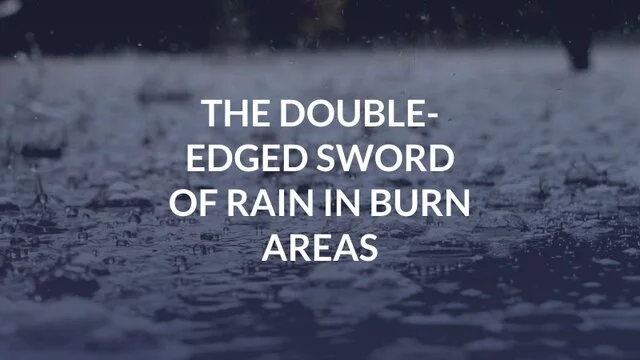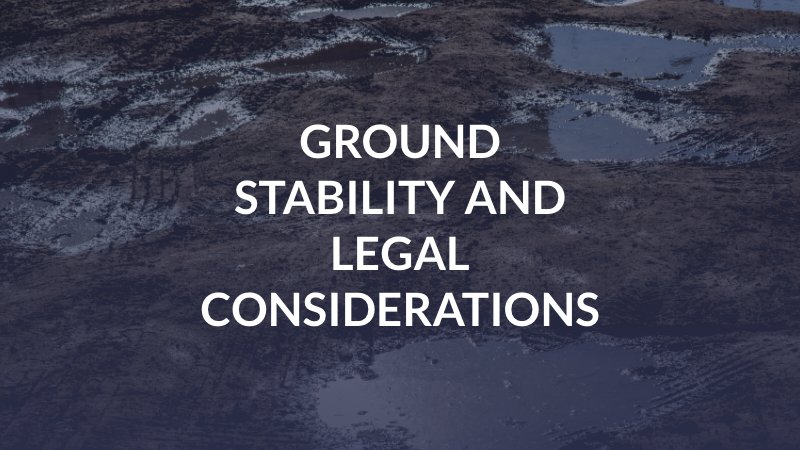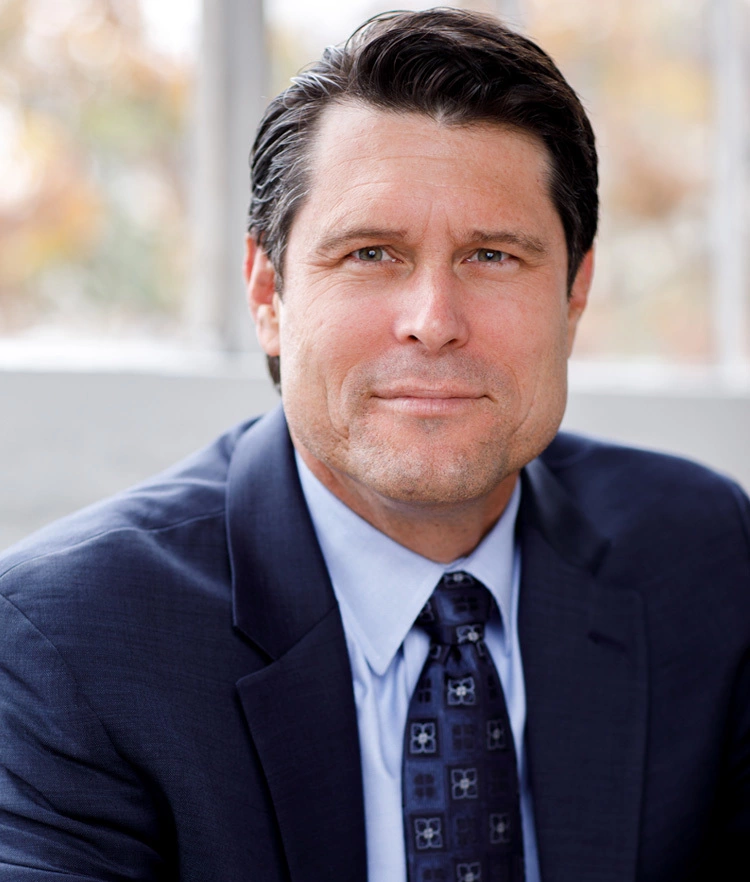
After months of dry conditions, rainfall is a welcome sight in Los Angeles. For many, it signals relief, limits the fire risk, clears the air, and replenishes much-needed water reserves. But for communities near recent wildfire burn scars, heavy rain can be a threat. As storm systems move across Southern California, they carry the potential to trigger dangerous mudslides and debris flows in areas that have been stripped of vegetation by fire.
The Double-Edged Sword of Rain in Burn Areas
Wildfires wreak havoc on the landscape, destroying not only homes and ecosystems but also the natural infrastructure that stabilizes hillsides. The intense heat from fires burns away vegetation and organic material, leaving behind a hardened soil layer that repels water instead of absorbing it. Without the roots of trees and shrubs to hold the soil in place, even moderate rainfall can lead to severe erosion. When heavy rain falls on these barren hillsides, the consequences can be catastrophic.
Communities in Los Angeles County know this all too well. In past years, areas affected by the Southern California Edison caused fires like the Thomas Fire, Woolsey Fire, Creek Fire, Bobcat Fire and Fairview Fire have faced devastating post-fire flooding and landslides. The Eaton Fire, which scorched hundreds of acres in the foothills above Altadena, has left the surrounding community particularly vulnerable. With another wet season underway, residents in these vulnerable zones brace for impact once again.
Flash Floods and Debris Flows: A Deadly Combination
Mudslides and debris flows are fast-moving and unpredictable, capable of carrying rocks, fallen trees, and even entire sections of roadway downhill with little warning. Unlike slow-moving landslides, debris flows can travel at high speeds, making them incredibly dangerous for residents and first responders alike.
The 2018 Montecito mudslides (which were caused by the 2017 Thomas Fire), serves as a tragic reminder of the dangers these events pose. Triggered by heavy rain falling over burn scars left by the Thomas Fire, a torrent of mud and boulders rushed through neighborhoods, destroying over 100 homes and claiming 23 lives.
Similarly, in the wake of the Eaton Fire, Altadena residents remain on high alert as storms approach. Local officials have warned that the steep slopes left barren by the fire could easily give way, endangering the homes and infrastructure below. Authorities are closely monitoring conditions and preparing emergency response plans to protect affected neighborhoods.

Ground Stability and Legal Considerations
The instability of the ground following wildfires is not just an environmental concern—it has significant implications for insurance claims and legal actions. Homeowners affected by post-fire mudslides may face challenges in securing compensation from their insurers, as policies often distinguish between damage caused directly by fire and subsequent hazards like debris flows. Understanding these distinctions is crucial for residents seeking financial recovery.
At Singleton Schreiber, we are committed to helping homeowners who have experienced fire damage and the subsequent risks of unstable ground conditions. Our legal team is actively pursuing claims against Southern California Edison (SCE), the utility company linked to the Eaton Fire, to hold them accountable for the destruction caused. We understand that recovery extends beyond the fire itself—our team considers both immediate damage and the long-term impacts, such as mudslides and erosion, that continue to threaten communities long after the flames are extinguished.
How Residents Can Stay Safe
For those living near burn scars, preparation is key. Officials recommend:
- Staying informed: Sign up for emergency alerts from LA County and monitor weather forecasts closely.
- Knowing evacuation routes: If an evacuation order is issued, leave immediately—debris flows move too quickly to outrun.
- Using sandbags and barriers: Properly placed sandbags can help divert water and mud away from homes.
- Avoiding flood-prone roads: Never attempt to drive through floodwaters or areas where debris flows are occurring.
The Road to Recovery
As more intense and frequent wildfires occur, Southern California communities will be forced to grapple with the lasting effects of these disasters. While rain is crucial for replenishing the land, it also serves as a stark reminder of the destruction left in a wildfire’s wake. Long-term recovery efforts, such as reforestation, improved land management, and infrastructure reinforcements—are essential to reducing the risk of future post-fire disasters.
At Singleton Schreiber, we understand that recovery is a long and difficult process. Our experienced legal team works tirelessly to ensure that homeowners and communities receive the compensation they deserve to rebuild their lives. Whether it’s holding negligent utility companies like SCE accountable, assisting with insurance claims, or fighting for additional support for post-fire land stabilization efforts, we are dedicated to standing with fire victims every step of the way. If you or a loved one has been affected by the Eaton Fire or other wildfires in California, we are here to help you navigate the legal and financial challenges ahead.
For now, residents of Los Angeles’ burn areas remain on high alert, watching the skies with a mix of relief and trepidation. When the rain falls, it brings life—but for those in fire-scarred regions, it can also bring devastation.
Singleton Schreiber is a client-centered law firm that specializes in fire litigation. Managing Partner Gerald Singleton is one of the premier fire attorneys in California and throughout the Western United States. The firm has the largest fire litigation practice in the country, having represented over 26,000 victims of wildfires. These include over 5,000 victims of Edison Fires in the 2017 Thomas Fires, the 2018 Woolsey Fire, the 2020 Bobcat and Silverado Fires, and the 2022 Fairview Fire.
- Managing Partner
Gerald Singleton began his legal career as a trial attorney at Federal Defenders of San Diego in 2000, where he represented federal criminal defendants in the Southern District of California and before the Ninth Circuit Court of ...

